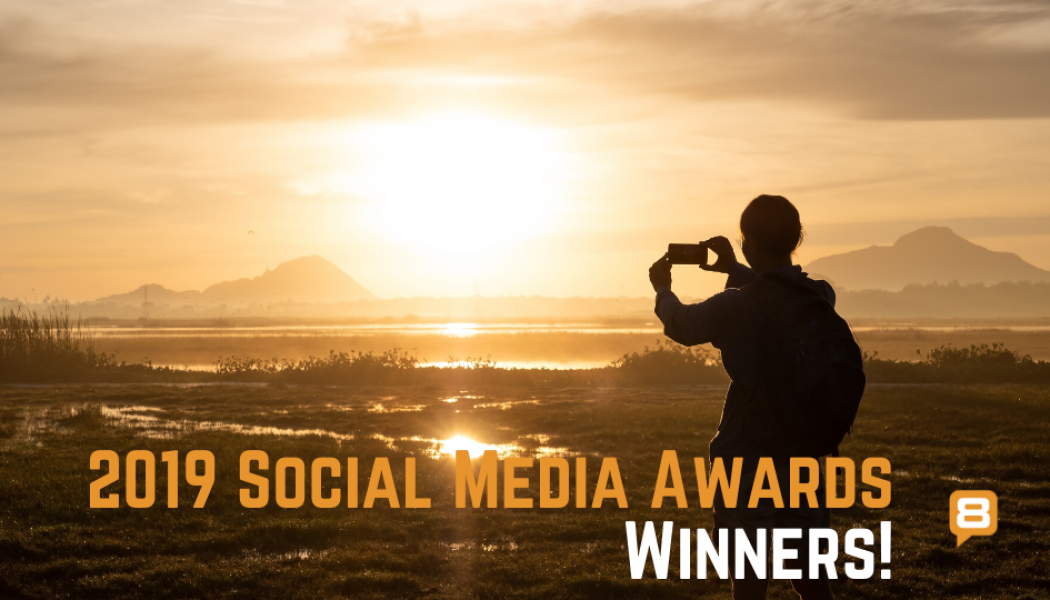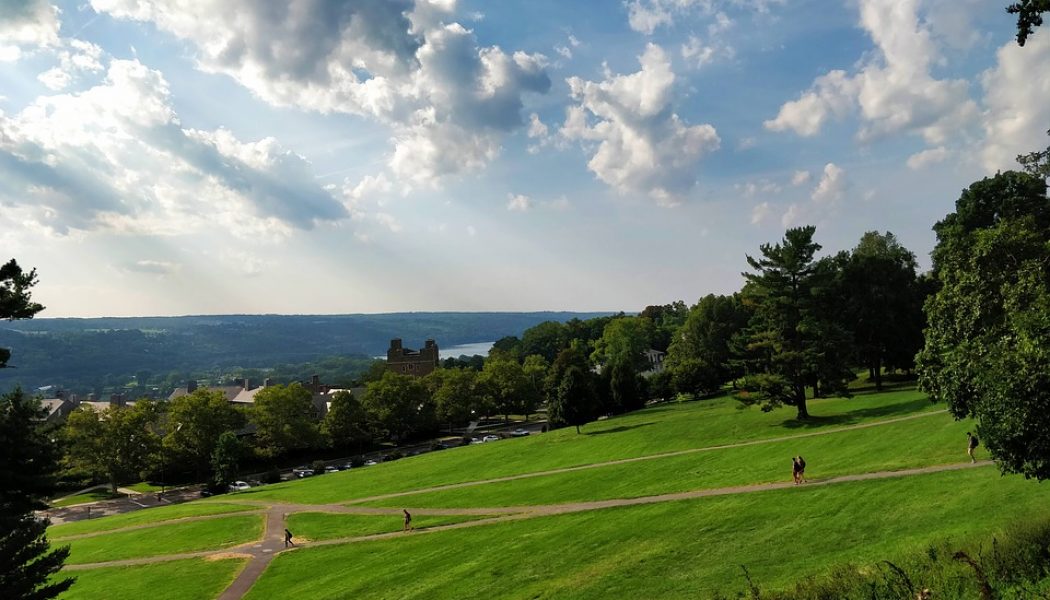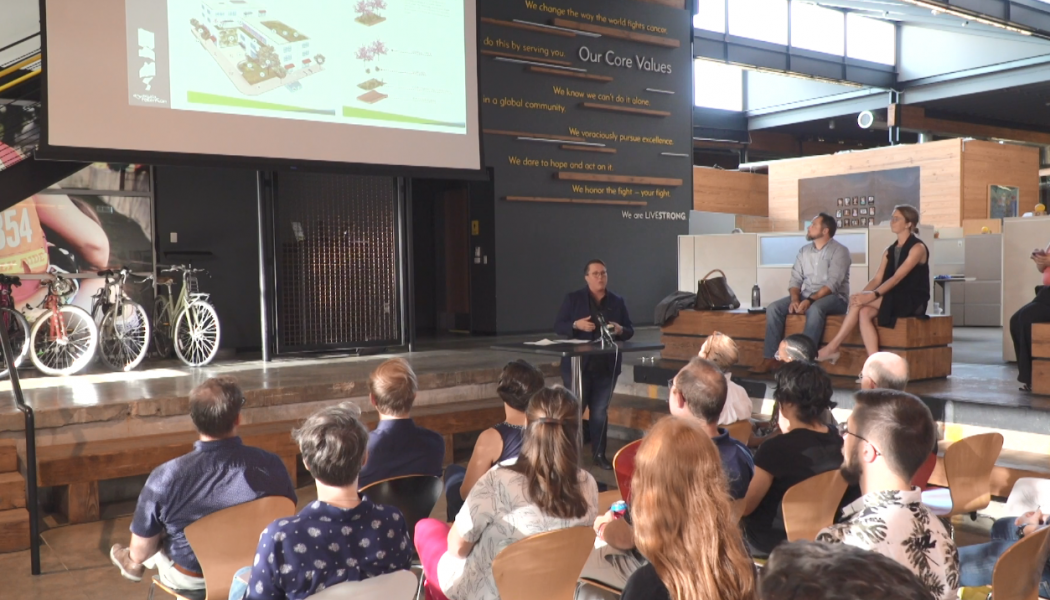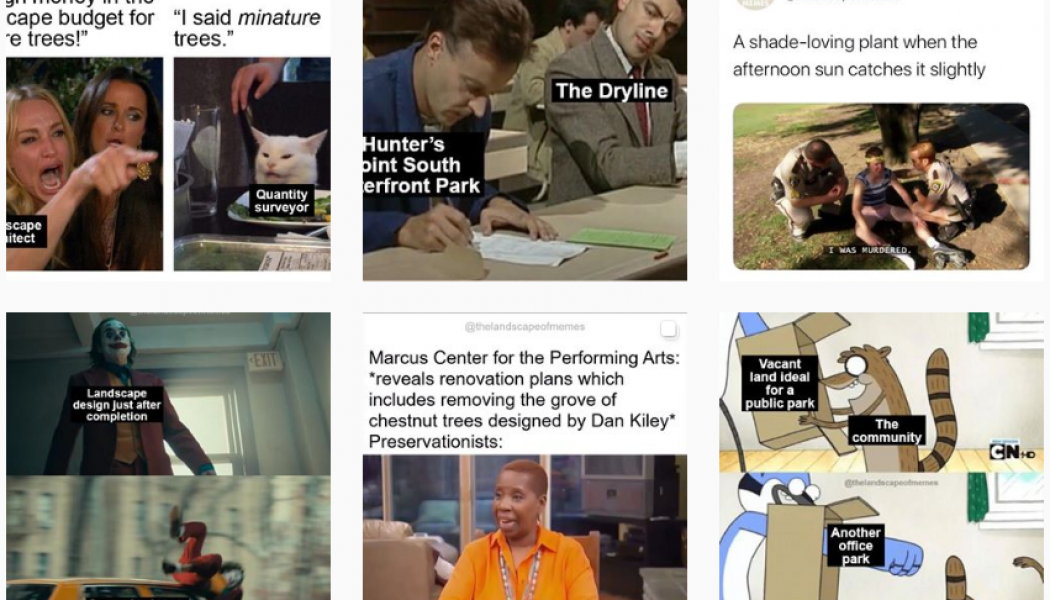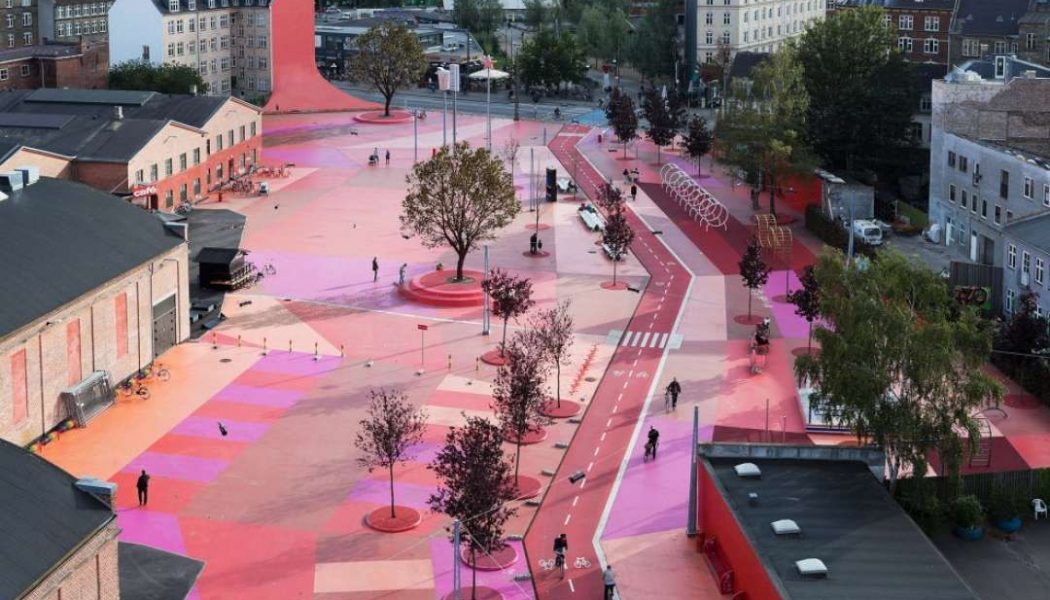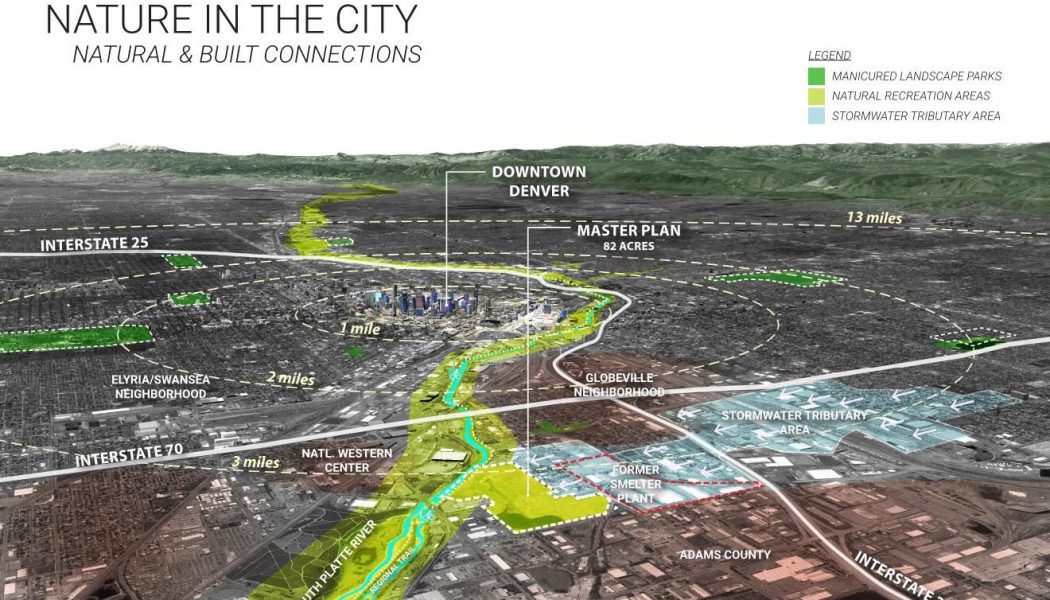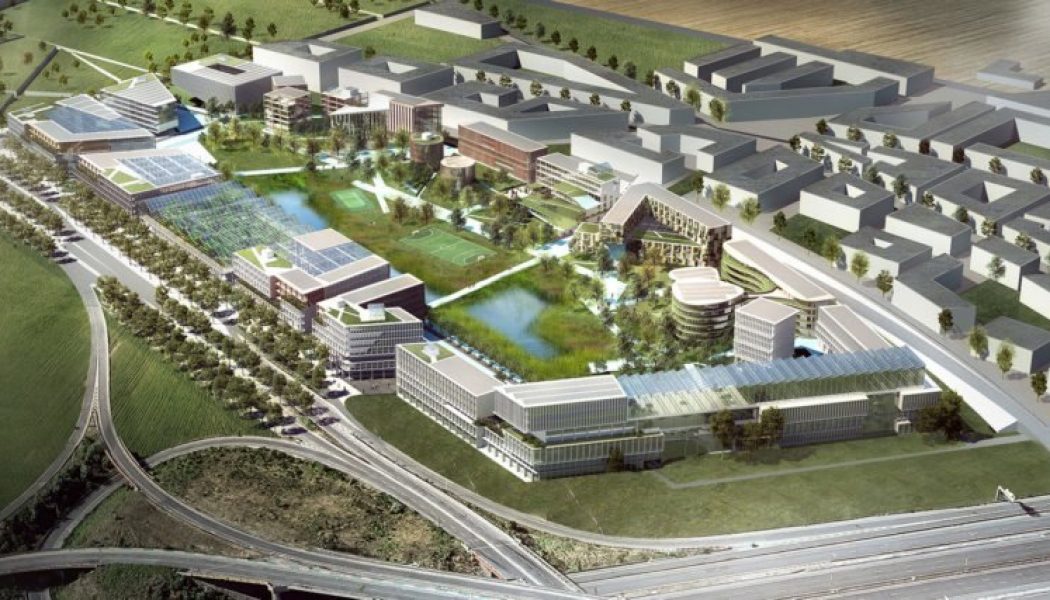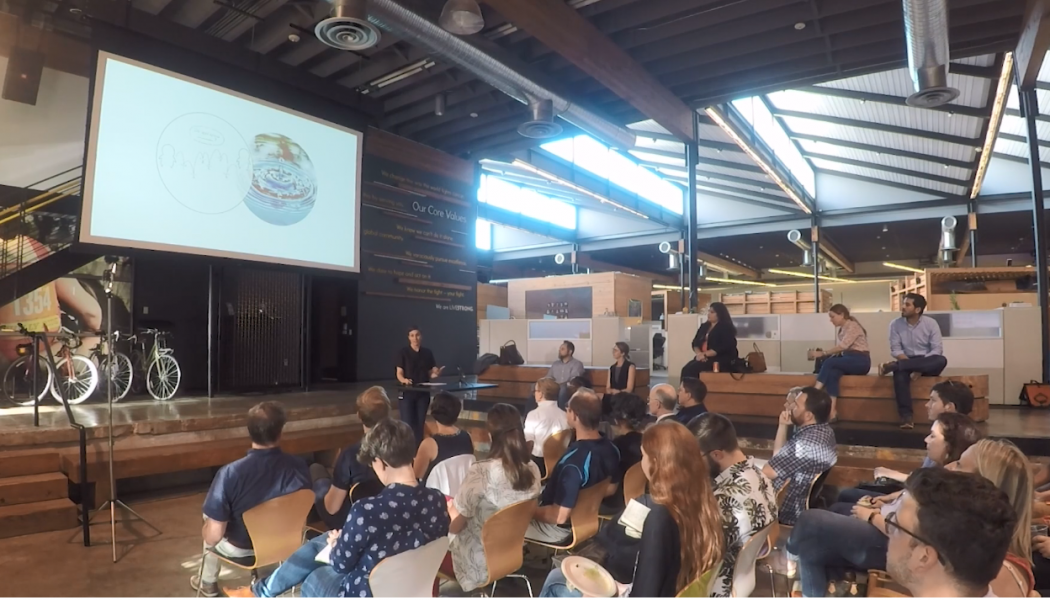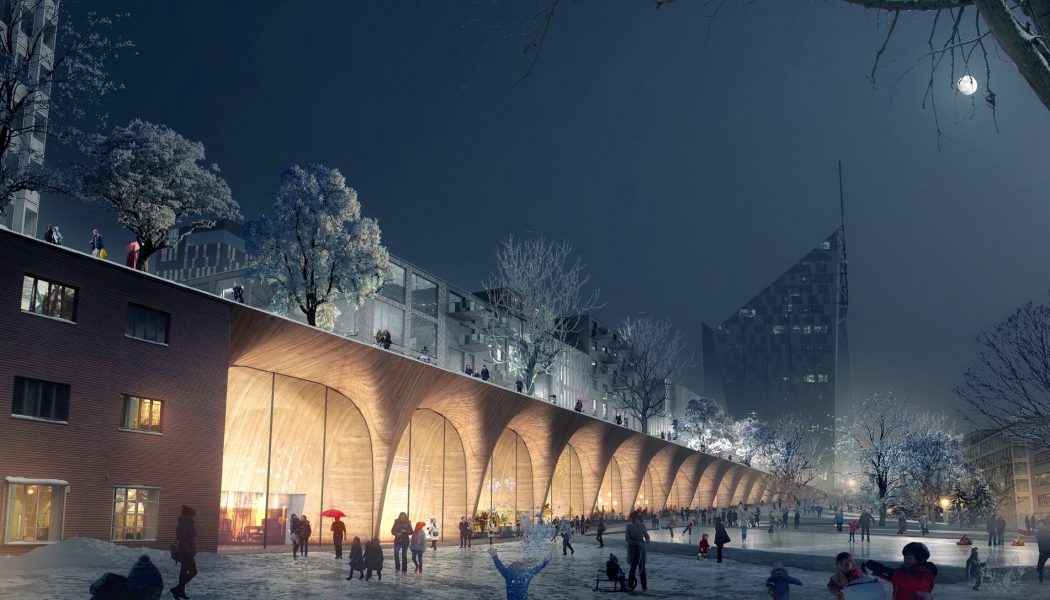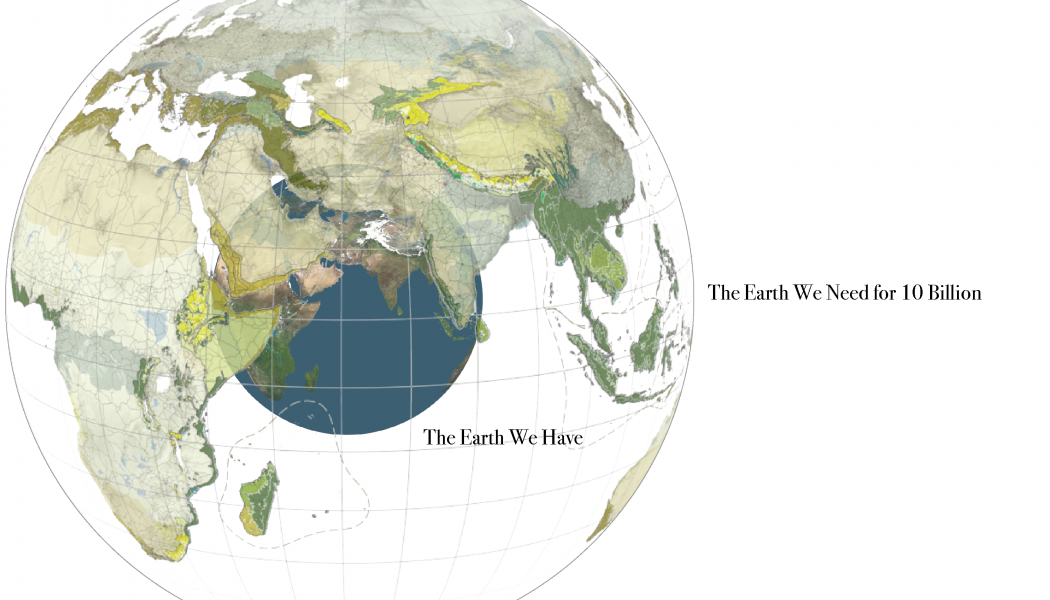Featured
Posts to be featured on the Main Page.
5 Reasons Why You Should Go to LABash 2020
LABash is an annual, student-run landscape architecture conference that brings together students and professionals in the field for a weekend of educational sessions, keynote lectures, social events, networking, and career-building. This year, for the 50th anniversary of the conference, LABash is being held at Cornell University in Ithaca, NY. During the weekend of April 2-4, students and professionals from across the country will come together to celebrate the theme “Rise Above Run” and hear first-hand from professionals about how they have overcome obstacles relating to the environment and social justice through the power of design. LABash is so much more than a conference – it is a sneak-peak into the future of landscape architecture. It is reassurance that the next generation of ...Read More
Leveraging Inevitabilities [Video]
“The future of landscape architecture includes me,” proclaims Katie Coyne, Certified Ecologist and Principal at Asakura Robinson, a planning, urban design, and landscape architecture firm. With a background in both ecology and community planning and sustainable design, Coyne leads the Urban Ecology Studio at Asakura Robinson, working alongside planners and design professionals to incorporate resilient design principles into the firm’s work. While Coyne works alongside landscape architects, she is not a professionally trained landscape architect, so when asked to present on the topic of “Next Practices in Landscape Architecture” for the Land8x8 Lightning Talks in Austin, TX, Coyne considered the economic, cultural, social, and ecological goals that must be balanced for a resilient future an...Read More
10 Questions with @thelandscapeofmemes
Those clever landscape architect memes your friends are sharing? They’re probably from the new instagram phenomenon @thelandscapeofmemes. Land8 had the opportunity to ask @thelandscapeofmemes a series of questions about their work. Here’s your chance to learn from a meme master who thinks seriously about the possibilities of our profession. Make sure to give them a follow @thelandscapeofmemes on Instagram or Twitter. What instigated @thelandscapeofmemes? I’m an avid viewer of memes and one day I randomly decided to search “landscape/landscape architecture memes” and what I saw was… interesting. I’d seen so many funny meme accounts for architecture, graphic design, medicine etc and I would always think, “It would be cool if there was a decent, relevant meme page dedicated to lan...Read More
How Public Open Space Reactivates the City
Public open spaces are vital for understanding cities. They are the main environments for citizens’ interaction and stimulation. While cities create the physical environment for social life, public spaces work as the stage and catalyst of social interaction. Therefore, well-functioning public spaces are crucial for any urban environment due to being physical spaces for civic participation, sense of belonging, and social integration. Likewise, a lack of common space results in the decay of the social structure of the city by limiting possibilities for simple communication and interaction. However, urban public space tends to be more and more exclusive due to top-down planning and standardized practices with limited adaptability. This is further compounded by market forces leading to t...Read More
Eco Altitudes [Video]
Cars take up a ton of real estate in America’s cities. From local roads and on-street parking stalls to elevated highways and multi-story parking garages, cities devote 50 to 60 percent of their space to cars. If we could reclaim this valuable land from vehicles, imagine the many ways cities could be transformed. Autonomous vehicles (AVs) have the potential to become a major catalyst for urban transformation, providing cities with the opportunity to reclaim their urban public space. As cities prepare for the advent of AVs and other new mobility technologies, Amna Ansari, Architect and Urban Designer at SWA Group, believes that design professionals have an essential role to play. During the Land8x8 Lightning Talks in Houston, TX, Ansari explores how we might shape these emerging technologie...Read More
Nature in the City: Tracking Pollinators in Denver’s Newest Park
Residents of Globeville, a neighborhood in north Denver, have limited access to natural areas and open space – factors that impact social equity, along with mental and physical well-being. The neighborhood is zoned urban industrial and is littered with a recycling plant, an armory, and scrap yards. It was home to the Globe Asarco Plant, a high-purity metals (cadmium, arsenic, lead, and zinc) refining facility, awarded Superfund status in 1993. An exciting 80-acre park project is slated to change the status quo. Beyond designing a park, Denver Parks and Recreation and Denver Public Works, along with lead design firm Dig Studio, undertook an in-depth, year-long community engagement process designed to build social capital alongside the wealth of new green space. The Beginning The Globeville ...Read More
How Circular Economy Can Build Sustainability
The circular economy seeks to move beyond traditional manufacture, use, and dispose culture to build resilience into systems, products and services throughout their lifecycle and beyond. In this article, we look at the circular economy and how it can be used in urban design and landscape architecture to improve sustainability. Linear Economy Our current approach to consumption is largely a linear process. We purchase products, use them for their useful lifecycle, and then discard them. Often this waste is not recycled or reused and simply ends up in landfill. In nature, very little is wasted. Often the faeces of one organism goes on to feed another, which in turn creates waste products that add humus to the soil. The nutrients from the humus ultimately fertilize vegetation in a closed loop...Read More
8 Degrees of Connection [Video]
What brought you to your profession of landscape architecture? Who encouraged you along your career path? Who has helped you succeed and attain your professional goals? These are among the questions landscape architect Shaney Clemmons, Founder and Principal of Shademaker Studio, considered as she prepared for her presentation at the Land8x8 Lightning Talks in Austin, TX. When asked to present on the topic of “Next Practices in Landscape Architecture”, Clemmons reflected on those people who played a key role in her professional life and used her presentation as an opportunity to share her belief that fostering, appreciating, and maintaining these connections are key to the future of the profession. Coupling two sociology theories together, six degrees of separation (the theory that any pers...Read More
Top Video Resources for Landscape Architects
As practicing landscape architects, it can be easy to feel distanced from innovation in the field. Designers outside of major metro areas – or remote from landscape architecture schools – can find it difficult to feel knowledgeable or inspired. In small firms, particularly, the resources necessary for continuing education are often difficult to justify. Fortunately, there’s been a recent movement for universities and other organizations to release online video of lectures and presentations. These lectures may not provide the social benefit of attending a conference – and you may not get an education credit, but they can be a cheap and flexible way of learning. If you’re needing some inspiration, flick over to YouTube or Vimeo. Listen to these experts. You’ll learn somethi...Read More
Tampere: The Most Exciting City You’ve Never Heard Of
Tampere (Finland’s second city) is the largest inland city in the Nordic region, serving an area containing over 505,000 inhabitants. With a long and productive industrial heritage, Tampere is the fastest growing city region in Finland with a projected increase in population of 23% by 2030. With this rapid expansion and internationalisation comes a staggering estimated €6 – €10 billion investment in the city. In this article, we take a brief look at how some of that €6-10 billion is being invested in the urban design of this prosperous city. Tramway One of the major investments currently being implemented in Tampere is the new 14-mile (23 km) tramway, which connects the city centre with Hervanta to the south, the university hospital to the east, and in the second phase Hiedanra...Read More
Humanitarianism + Landscape Architecture: Crisis, Commotion and Collaboration
Mapping the Crisis The world’s first modern atlas emerged in 1570. Nearly 450 years later, Professor Richard Weller, chair of Landscape Architecture at University of Pennsylvania, and his team produced “Atlas for the End of the World”. Atlas for the End of the World uses cartology (mapmaking) to show the world’s situations in the context of issues faced by humanity in the 21st century. Whilst Weller’s research screams to the viewers of the urgency of a changing world, often it doesn’t become a priority until it becomes critical. [Cue Humanitarianism]. The term “humanitarism” can be as ambiguous as “landscape architecture” because it is perceived to be very broad and difficult to exactly define for many. The purpose of Humanitarianism is deeply rooted in...Read More



